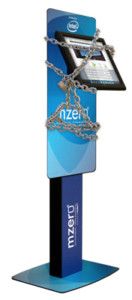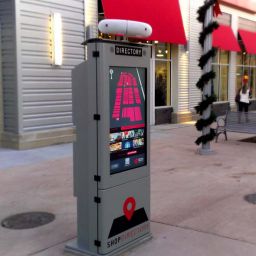Kiosk software determines how users interact with the solution and how the solution is maintained. When devices need to operate independently in an unattended environment, there are concerns that must be addressed. What is done to secure the physical kiosk from tampering? This is especially important when it comes to transactional kiosks that handle payment. Additionally, how is a deployer notified of issues with kiosks on location? Secure kiosk software can manage these concerns and is critical to a successful kiosk installment.
Simple Solutions for Secure Kiosk Software

Kiosks can also lockdown web content in a secure browser like Chrome’s Kiosk mode or mKiosk by Firefox. However, these will not control port access, USB access or report on component functionality. For this, a more advanced software is required.
Secure Kiosk Software Platform
A secure software platform enables you to integrate multiple peripheral components, customize security and monitor devices remotely. Remote monitoring allows deployers to monitor the health of the kiosk operating system and software, along with accompanying hardware.
Remote Management
With remote monitoring, deployers are notified if either the physical unit or the software has been accessed inappropriately, either by email or text message. With remote monitoring, your secure kiosk software platform will be able to support multi-permission level access. Multi-user access can be used for alerts, security updates and pushing new content to the kiosk.
Remote monitoring also allows deployers to customize what the severity of each alarm is and determine who an alert should go to. For instance, if a low paper roll is 80-percent empty, that alert might go to the local store owner. When the low paper reaches 90-percent empty, that alert could be escalated and sent to the district manager who is able to call the store to find out why it’s not being replaced.
Secure kiosk software is important because it helps companies protect their kiosk investment and ensure ROI.



